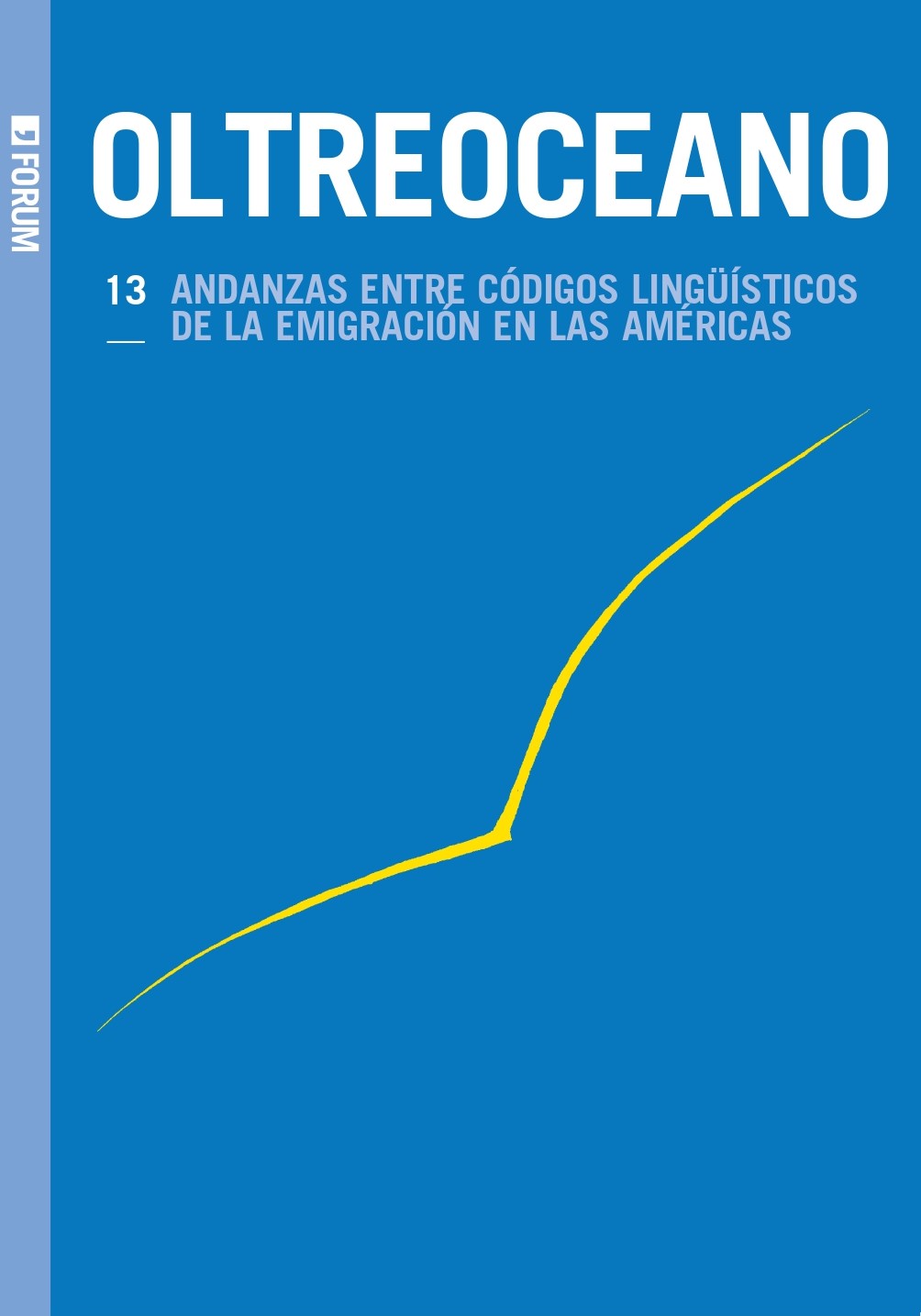No. 13 (2017): The Linguistic Codes of Emigration in the Americas

This volume draws on scientifically rigorous experimental research to investigate the linguistic codes of the Spanish-speaking communities in North, Central and South America, who were the first to establish a direct contact between the self and the other. The newcomers, who arrived in the new lands with the intention of taking possession over them - first arrogantly with their weapons, and then defenselessly - were able to establish a dialogue with the indigenous peoples who were born in these places. The codes are not necessarily verbal, but include body language, music and song which – ancient land-based cultures teach us – are notoriously able to communicate with the same force as the word is. Today, artistic expressions linked to body language and image are, alongside literature, key factors in revitalizing collective consciousness and resemantizing the epistemological system. There is the retrieval of an anthropology of language beyond words, which encompasses the whole field of culture, rather than the linguistic dimension alone. Besides enlivening historical sites and physical spaces, this retrieval highlights the truthfulness of the text, which depends only on the (‘migrant’) novel’s ability to persuade and destroys the critical consciousness of readers who are led to experience lie as truth and truth as lie.












